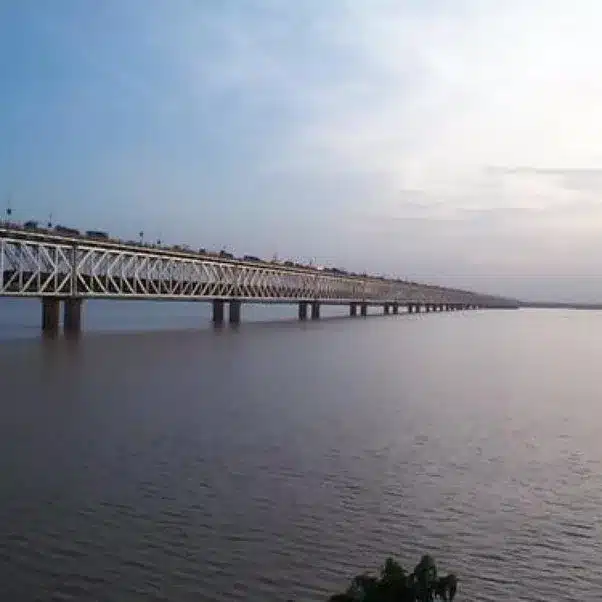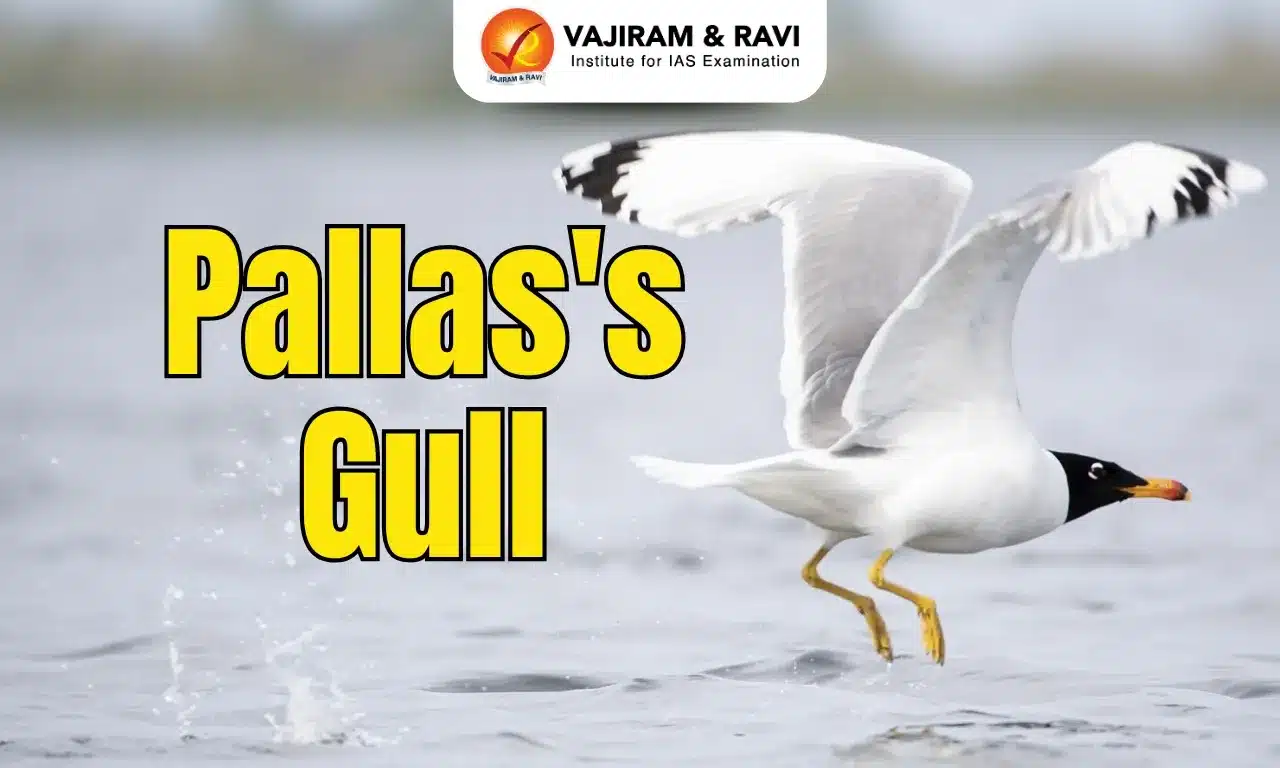About Godavari River:
- It is India’s second-longest river after the Ganga and the third-largest in India, drains about 10% of India’s total geographical area.
- It is also called `Dakshina Ganga`, which translates into South Ganges River.
- Course:
- The origin of the Godavari River is in Brahmagiri Mountain at Trimbakeshwar in the Nashik district of Maharashtra.
- It runs for a length of about 1,465 kilometers.
- It finally empties itself into the Bay of Bengal at Narasapuram in West Godavari district, Andhra Pradesh.
- The river mainstem travels through three states: Maharashtra, Telangana, and Andhra Pradesh, while its basin includes Madhya Pradesh, Karnataka, parts of Chattisgarh, and Odisha.
- It has a drainage basin of some 121,000 square miles (313,000 square km).
- The basin is bounded by the Satmala hills, the Ajanta range, and the Mahadeo hills on the north, by the Eastern Ghats on the south and the east, and by the Western Ghats on the west.
- The Godavari basin receives its maximum rainfall during the Southwest monsoon.
- Tributaries: The principal tributaries of the river are the Pravara, the Purna, the Manjra, the Penganga, the Wardha, the Wainganga, the Pranhita (combined flow of Wainganga, Penganga, Wardha), the Indravati, the Maner, and the Sabri.
Q1: Which are the main tributaries of Ganga?
Tributaries of Ganga include Ramganga, Gomti, Ghaghara, Gandak, Kosi and Mahananda from the left bank and Yamuna, Tamsa, Son and Punpun from the right bank.
Source: NMC plans to outsource sanitary workers to clean Godavari, four tributaries
Last updated on December, 2025
→ Check out the latest UPSC Syllabus 2026 here.
→ Join Vajiram & Ravi’s Interview Guidance Programme for expert help to crack your final UPSC stage.
→ UPSC Mains Result 2025 is now out.
→ UPSC Notification 2026 is scheduled to be released on January 14, 2026.
→ UPSC Calendar 2026 is released on 15th May, 2025.
→ The UPSC Vacancy 2025 were released 1129, out of which 979 were for UPSC CSE and remaining 150 are for UPSC IFoS.
→ UPSC Prelims 2026 will be conducted on 24th May, 2026 & UPSC Mains 2026 will be conducted on 21st August 2026.
→ The UPSC Selection Process is of 3 stages-Prelims, Mains and Interview.
→ UPSC Result 2024 is released with latest UPSC Marksheet 2024. Check Now!
→ UPSC Prelims Result 2025 is out now for the CSE held on 25 May 2025.
→ UPSC Toppers List 2024 is released now. Shakti Dubey is UPSC AIR 1 2024 Topper.
→ UPSC Prelims Question Paper 2025 and Unofficial Prelims Answer Key 2025 are available now.
→ UPSC Mains Question Paper 2025 is out for Essay, GS 1, 2, 3 & GS 4.
→ UPSC Mains Indian Language Question Paper 2025 is now out.
→ UPSC Mains Optional Question Paper 2025 is now out.
→ Also check Best IAS Coaching in Delhi

















